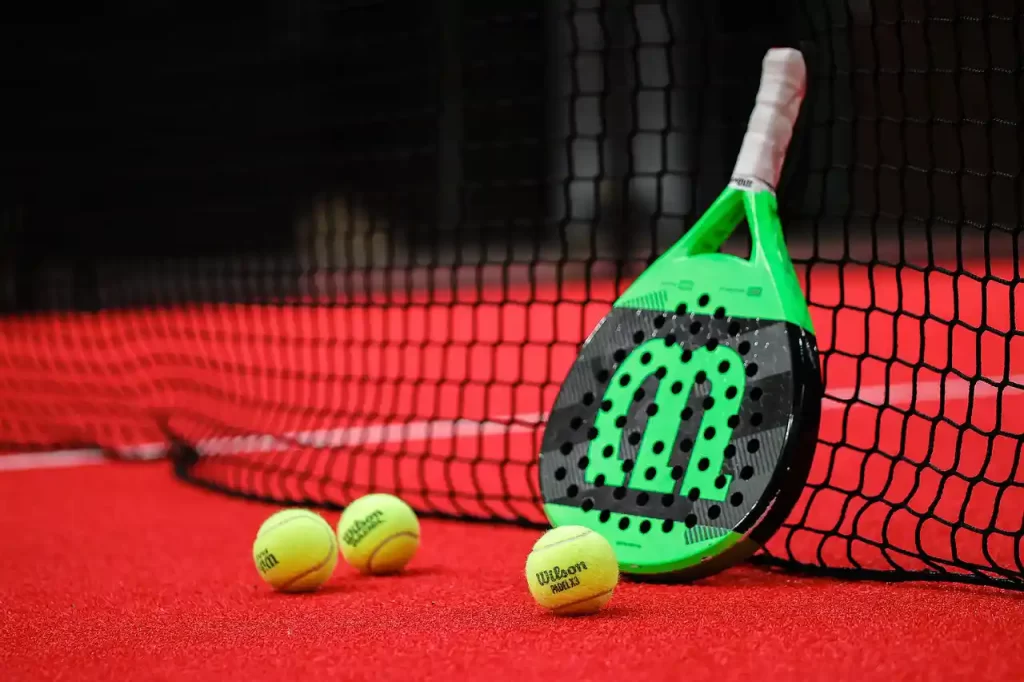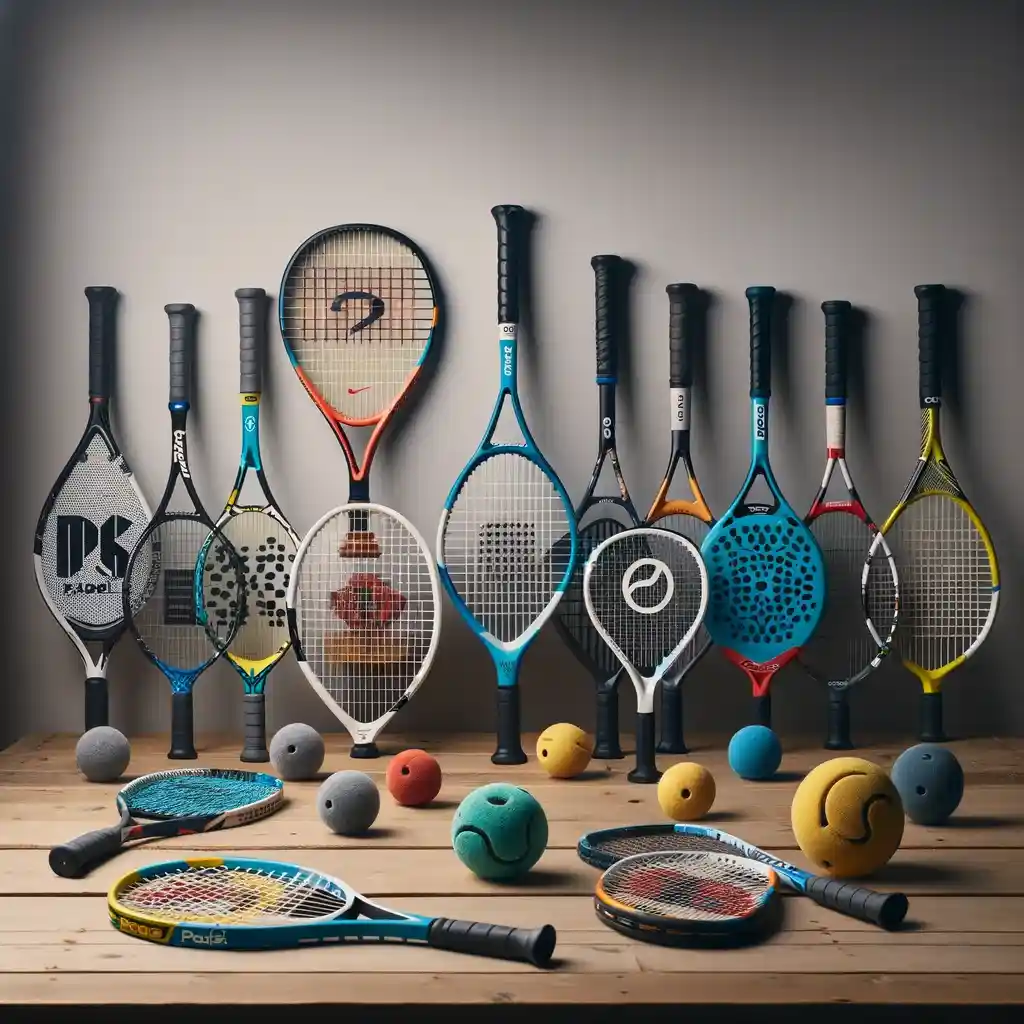Starting a new sport is exciting, and padel is no exception. One of the first steps for any beginner is choosing the right equipment, and in padel, your racket is your best ally. Selecting the perfect padel racket as a beginner can be a bit daunting, so let’s break down what you need to know to make an informed decision.
Understanding Padel Rackets
Before diving into the specifics, it’s important to understand the basics of a padel racket. Unlike tennis rackets, padel rackets are solid with no strings and are smaller in size. They’re typically made of composite materials, including carbon fiber or fiberglass, which affects the racket’s performance and durability.
1. Racket Shape
Padel rackets come in three main shapes: round, teardrop, and diamond.
- Round Rackets: Ideal for beginners. They have a large sweet spot (the area where you hit the ball most effectively), which makes them more forgiving. They offer great control, which is crucial when you’re just starting.
- Teardrop Rackets: These are a middle ground between control and power. As you advance in your skills, you might want to switch to a teardrop shape.
- Diamond Rackets: Generally favored by advanced players, these rackets offer more power but less control and have a smaller sweet spot.
2. Weight
The weight of the racket is a critical factor. Rackets usually range from 360 to 390 grams. As a beginner, you should aim for a lighter racket (around 360 grams). A lighter racket reduces the risk of injury and offers better control, making it easier to learn the basic strokes.
3. Balance
The balance point of your racket determines how it feels in your hand and how you swing it. High-balance rackets, which have a weight distribution towards the head, offer more power but can be less maneuverable. Low-balance rackets, which have a weight distribution towards the handle, provide enhanced control but may require more effort to generate power.

4. Material and Core
Rackets are made of various materials. For beginners, a racket with a fiberglass surface is recommended because it’s more flexible and forgiving. The core of the racket, usually made from foam or EVA rubber, also affects play. Foam cores offer more control and are softer, making them suitable for beginners.
Other Considerations
- Comfort and Grip Size: The racket should feel comfortable in your hand. The grip size should fit your hand size – not too big or too small. A good rule of thumb is to wrap the racket handle around your dominant hand, leaving a finger’s width between your palm and the end of the handle.
- Budget: As a beginner, you might not want to invest heavily. There are many affordable options that offer good quality and performance for beginners. Padel rackets range in price from around $100 to $500 or more. As a beginner, it’s recommended to start with a more affordable racket in the $100 to $200 range. As you improve, you can invest in a higher-end racket that better suits your playing style.
- Brand and Reviews: Do some research and read reviews. Brands like Bullpadel, Head, and Wilson are popular and trusted in the padel community.
Trying Before Buying
If possible, try out different rackets before making a purchase. Many clubs offer rackets for rent, allowing you to get a feel for different types, weights, and shapes.
Remember, the best racket for you is the one that feels right in your hands and suits your playing style. As a beginner, focus on control and comfort. As you progress, you can explore rackets that offer more power and precision. Happy playing, and welcome to the exciting world of padel!
